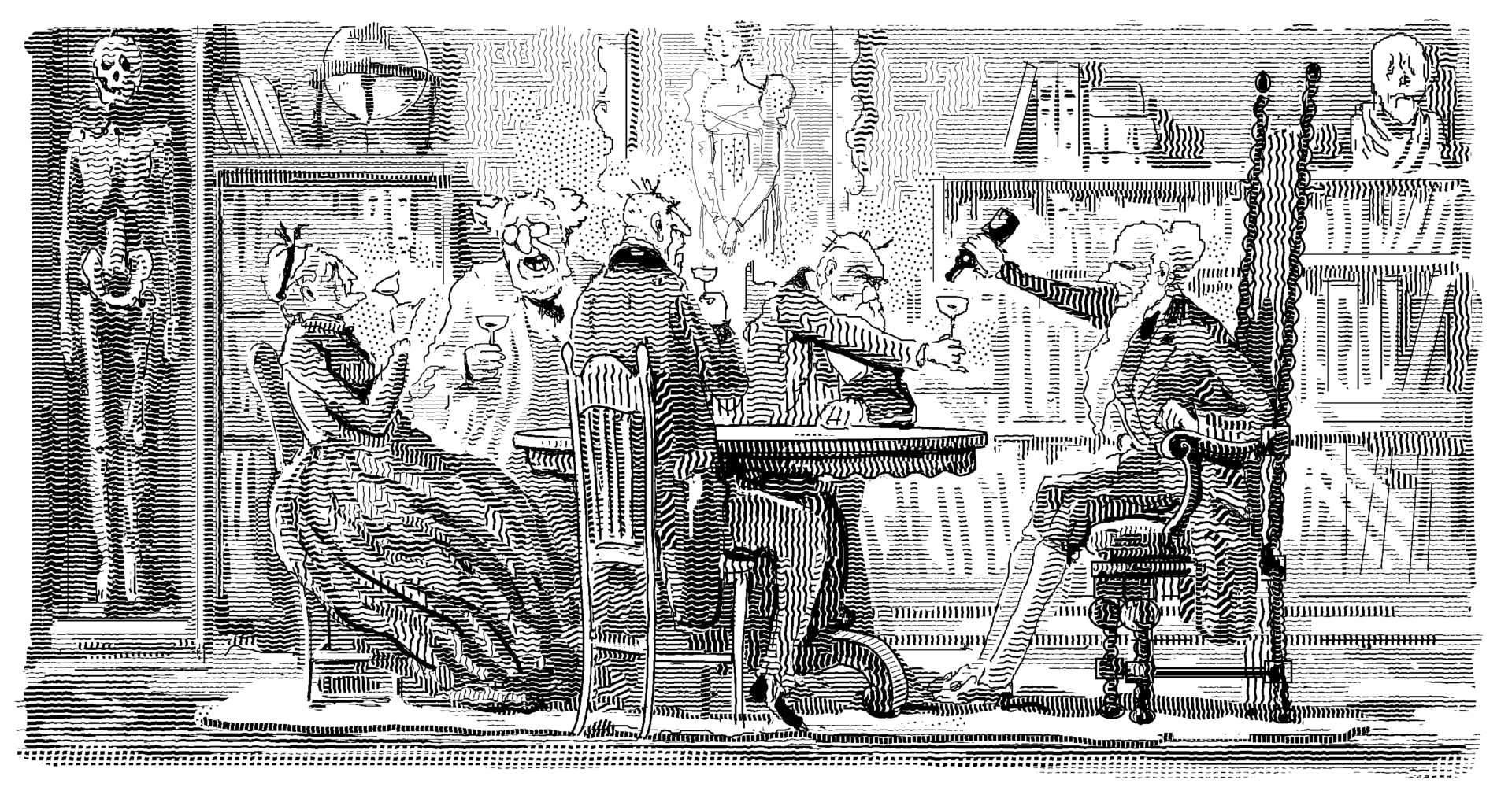Next come two masterpieces,
"Young Goodman Brown," probably the creepiest of Hawthorne's tales, and
"Rappaccini's Daughter," perhaps my favorite of Hawthorne's short fictions. It seems to cry out for illustration (were it not too late) by one ofthe Pre-Raphaelites such as J. W. Waterhouse.
From my notes for students on "Young Goodman Brown":
(G. Inness, Sunset in the Woods)
This is one of Hawthorne’s most famous short stories. It is a fantasy – neither Hawthorne nor his readers would have believed that the central situation in the story really was part of the literal history of Salem in colonial times. However, Hawthorne is serious about issues that are raised by the story. Like “Rappaccini’s Daughter” and other Hawthorne tales, this story can be read for escape, as simply a scary weird tale, but it also invites the kind of careful, attentive reading that “interpretive” stories solicit.
(Inness, Edge of the Forest)
Incidentally, one of Hawthorne’s own ancestors was involved in the outbreak of anxiety about witchcraft in Salem. It happened a century and a half before Hawthorne wrote his story. For what it’s worth, here’s what Wikipedia says about the ancestor:
“John Hathorne (August 1641 – May 10, 1717) was a merchant and magistrate of the
Massachusetts Bay Colony. He is best known for his role as one of the leading judges in the
Salem witch trials, and
the only one who never repented of his actions. He was also a merchant in
Salem, Massachusetts, and the patrilineal ancestor of writer
Nathaniel Hawthorne.” [my italics]
Our story contains innumerable carefully-chosen details, ranging from when it occurs, where it occurs, to whom it occurs, etc. to small descriptive details. As always, Hawthorne employs a rich, precise vocabulary.
From my notes on "Rappaccini's Daughter":
p. 36 – the great Italian poem; Dante: The author refers to the famous
Divine Comedy of Dante Alighieri. In the three books of the
Comedy, the pilgrim – Dante himself – is led through Hell, Purgatory, and Heaven by the Roman poet Virgil and the woman Dante fell in love with, Beatrice.
– Roman god of the seasons. He won the nymph or goddess Pomona after he disguised himself as an old woman and gained entrance to her garden to speak with her.
p. 39 “virgin zone” – the passage in which this term occurs means that the young woman is radiantly beautiful and healthy-looking, and it’s as if all her vitality is held in by the belt or sash around her waist (
zone can mean a belt; the old-fashioned use of the word contributes to the antique atmosphere of the story).
p. 41 “black-letter tracts” – early printed documents. They probably had printing that looked something like the print in this book:
Be sure you can identify the five characters in the story.
Here’s a painting that doesn’t illustrate the story, but that relates to it when you realize that the plant near the woman is an oleander – i.e. a poisonous plant. Is the woman harmlessly sleeping near a dangerous plant? Has she somehow been overcome by it? Or is the person in danger not the woman, but the viewer, if the viewer approaches too closely? The painting works on an “escape” level – it’s an attractive picture that takes us away from slush, exams, and laundry needing to be washed; but it also invites “interpretation.” For example, we might wonder about this strange habit of earthly creatures, that they
sleep, and about how, though proper sleep helps to keep us healthy, sleep itself makes sleepers look almost like they have died.





